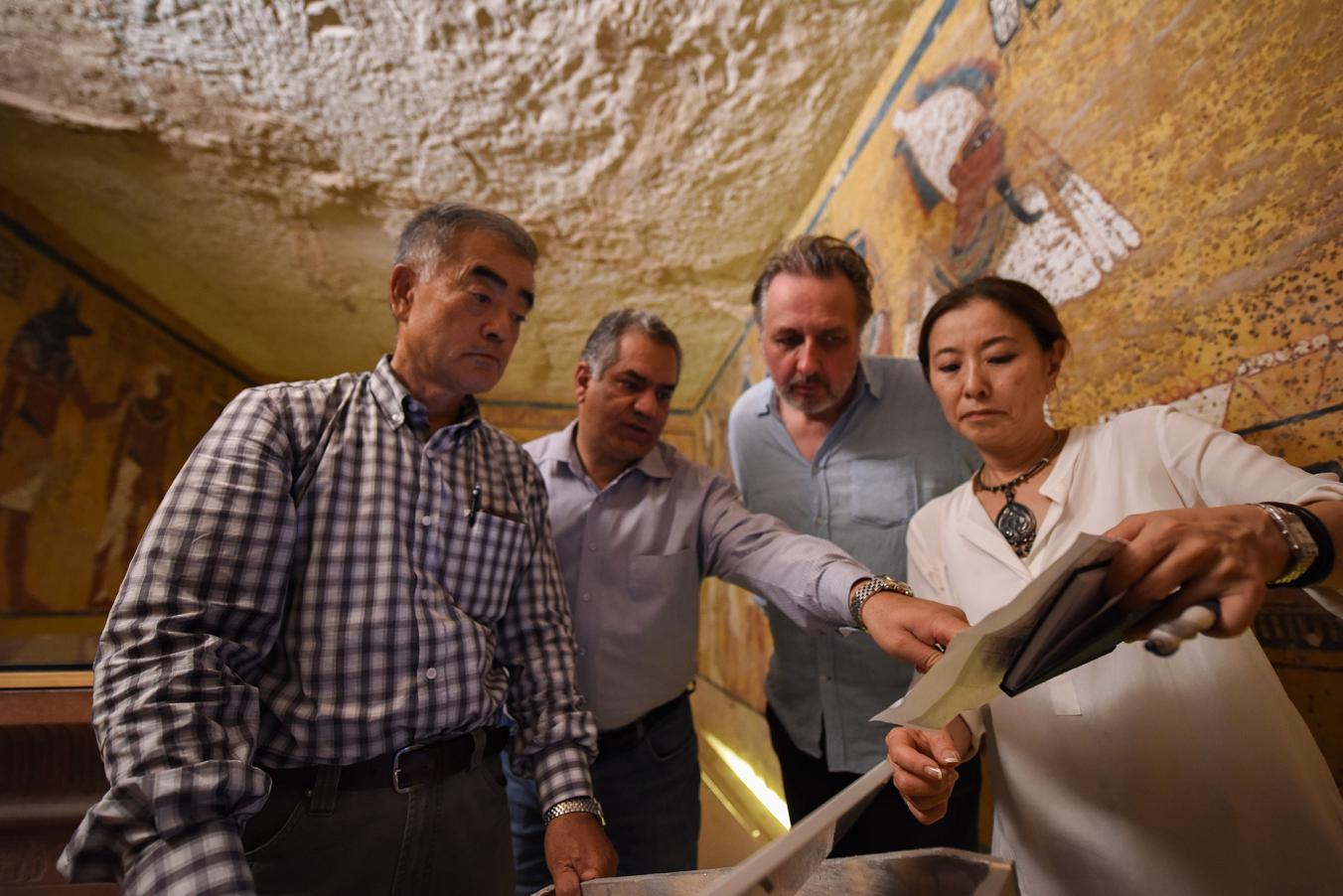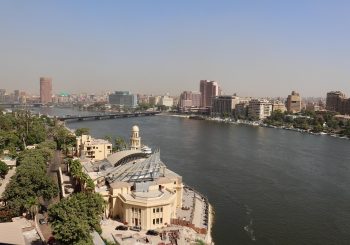Egypt’s Ministry of Antiquities announced on Thursday that two previously un-discovered chambers were revealed by scans of King Tutankhamun’s tomb.
In a press conference, the Ministry said that the two chambers, on the North and Eastern walls of the tomb, contain either metal or organic material, as according to scans carried out by Japanese radar specialist Hirokatsu Watanabu.
New scans will be conducted later this month to determine the exact dimensions of the chambers, said the Ministry.
The revelations come months after Egypt’s Minister of Antiquities said there was a 90 percent chance that a hidden chamber lies behind King Tutankhamun’s tomb in the Valley of the Kings.
The latest findings, which lend credence to British archaeologist Nicholas Reeves’ theory that Queen Nefertiti’s tomb is hidden behind that of King Tutankhamun, may lead to “one of the most important finds of the century,” the Minister said in November 2015.
Not only was Nefertiti famous for her beauty, which remains evident through her world-renowned 3,300-year-old painted limestone bust housed at the Egyptian Museum in Berlin, but she was also the Great Royal Wife of the Pharaoh Akhenaten and his chief consort.
Nefertiti’s burial site has long been a mystery as archaeologists have so far failed to find the queen’s tomb.
King Tutankhamun’s tomb was found in 1922 under the supervision of another British archaeologist and Egyptologist, Howard Carter.






Comments (3)
[…] Chambers Discovered in King Tutankhamun’s Tomb by Scans. Disponível em < http://egyptianstreets.com/2016/03/17/hidden-chambers-discovered-by-scans-in-king-tutankhamuns-tomb/ >. Acesso em 17 de março de […]
[…] Hidden Chambers Discovered in King Tutankhamun’s Tomb by Scans […]